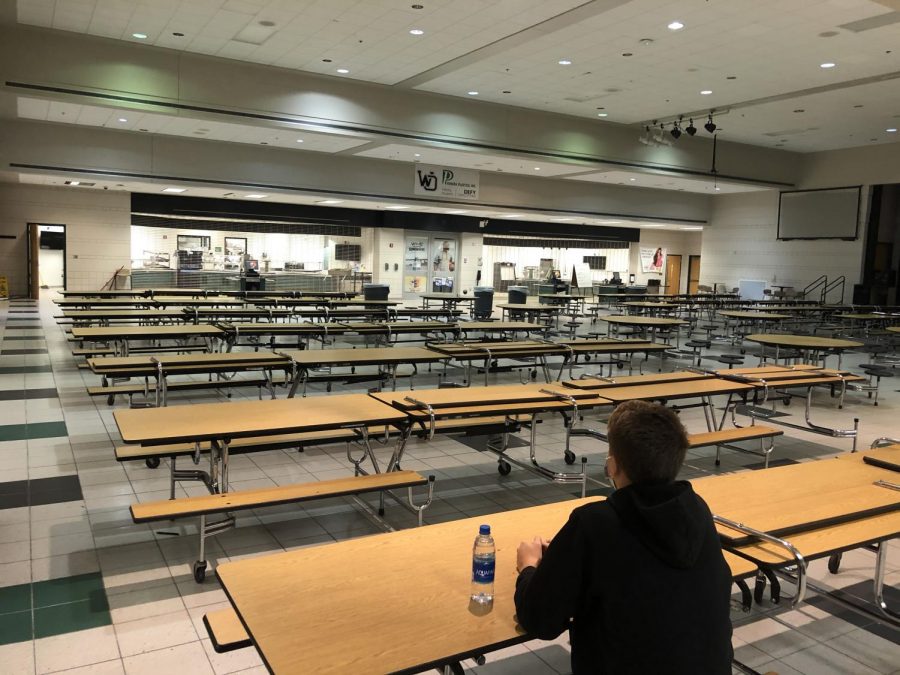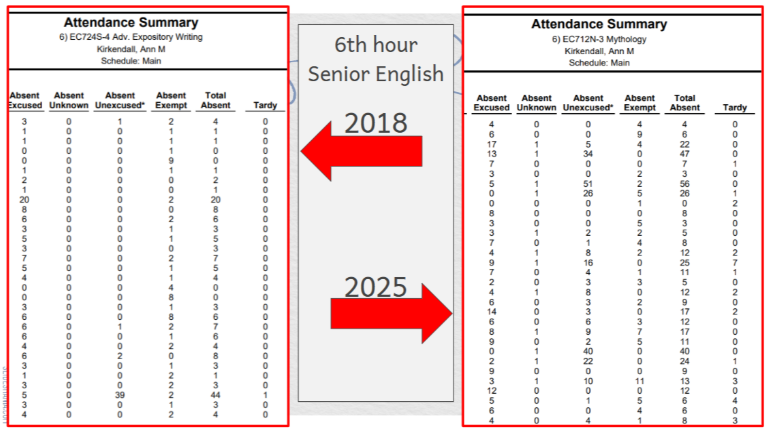Why 30 minute lunches aren’t long enough
October 27, 2021
West Ottawa student Evan Janetzke makes his way down the hallway, determined to be the first in the Burrito line. Zipping around the corner, he looks, and… already a mile long. The 15 minute wait in line gave him only 15 more minutes to scarf his burrito, milk, pineapple, and peas down. The lunch routine at West Ottawa High School is not healthy and needs to be changed.
Most schools, including West Ottawa, are limited to 30 minute or shorter lunch periods. By the time students get dismissed from class, get through the long lines and sit down, their time to eat and socialize is cut by half. Lunch is a time to eat, socialize, and relax. But with 30-minute lunch periods, students only meet one of those requirements.
With only a half hour for lunch, students are missing out on many learning opportunities. Dr. Arthur Agatston, cardiologist and creator of the South Beach Diet, agrees. He told the New York Times, “The lunchroom culture is fast food. But it shouldn’t be fast food. The teacher should be sitting at the table with a tablecloth for a civilized meal. I think it’s a huge learning opportunity for kids.” Whether it’s manners, or socializing, students need more time during lunch to improve on these important life skills.
Since class time does not present many opportunities to socialize with each other, Schools need to utilize lunch time into a social time, so students can focus more during their classes.
Cognitive research has shown longer lunch periods could lead to more productivity during the day. A study led by Alejandro Lleras, a psychology professor at The University of Illinois, showed information which proves people who take longer breaks perform better on simple tasks than people who do not. So adding just an extra 15 minutes to lunch could cause more time to be saved later in the day due to more efficiency from the students.
Shorter lunch periods have also been proven to correlate with wasted food. A recent study by Juliana F.W. Cohen, ScD, ScM, of the department of nutrition at the Harvard T.H. Chan School of Public Health said, “When selecting an entrée, students with less than 20 minutes to eat consumed 13% less than students whose lunch period exceeded 25 minutes. Those with the shorter lunch periods also consumed 11.8% fewer vegetables and 10.3% less milk.” With limited time to eat, more food goes to waste since students don’t have enough time to finish eating.
Not only wasted food, but shorter lunch periods can lead to digestive problems in students, along with eating disorders and obesity. In a study by the National Library of Medicine, 60% of students tested that ate rapidly also overate. The fast eaters were also three times more likely to be overweight. The reason being, when people consume calories fast, they still tend to be hungry even after eating a meal with sufficient calories. So either students are left hungry, or they end up overeating.
Lunch can turn into a stressful time with only 30 minutes. Trying to get into line fast, eat food, and socialize all in 30 minutes is undoubtedly more stressful than lunch is meant to be. Lunch should be a relaxing time to get students’ minds off of school so they can be recharged for the rest of the day.
A reasonable solution to a short lunch period is to extend the school by 15 minutes, and add that time to lunch. That way the longer lunch doesn’t affect class time, or force students to wake up earlier. A 45 minute lunch period would greatly increase the efficiency, well-being, and mental health of the students who attend West Ottawa High School.




